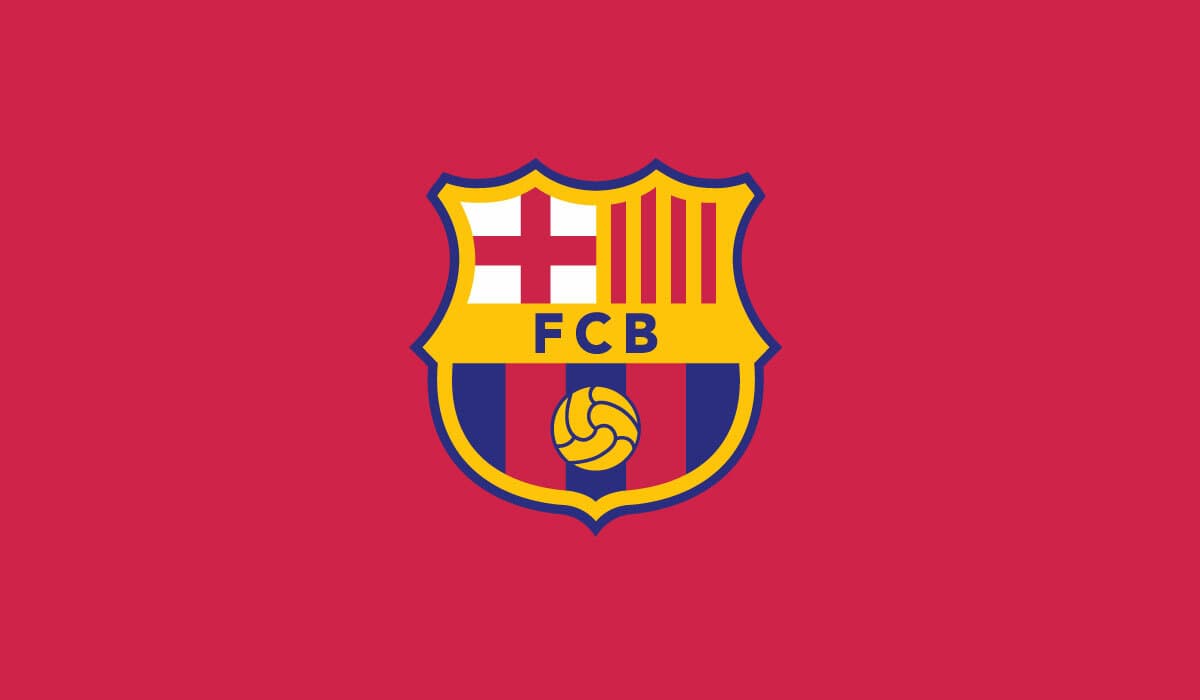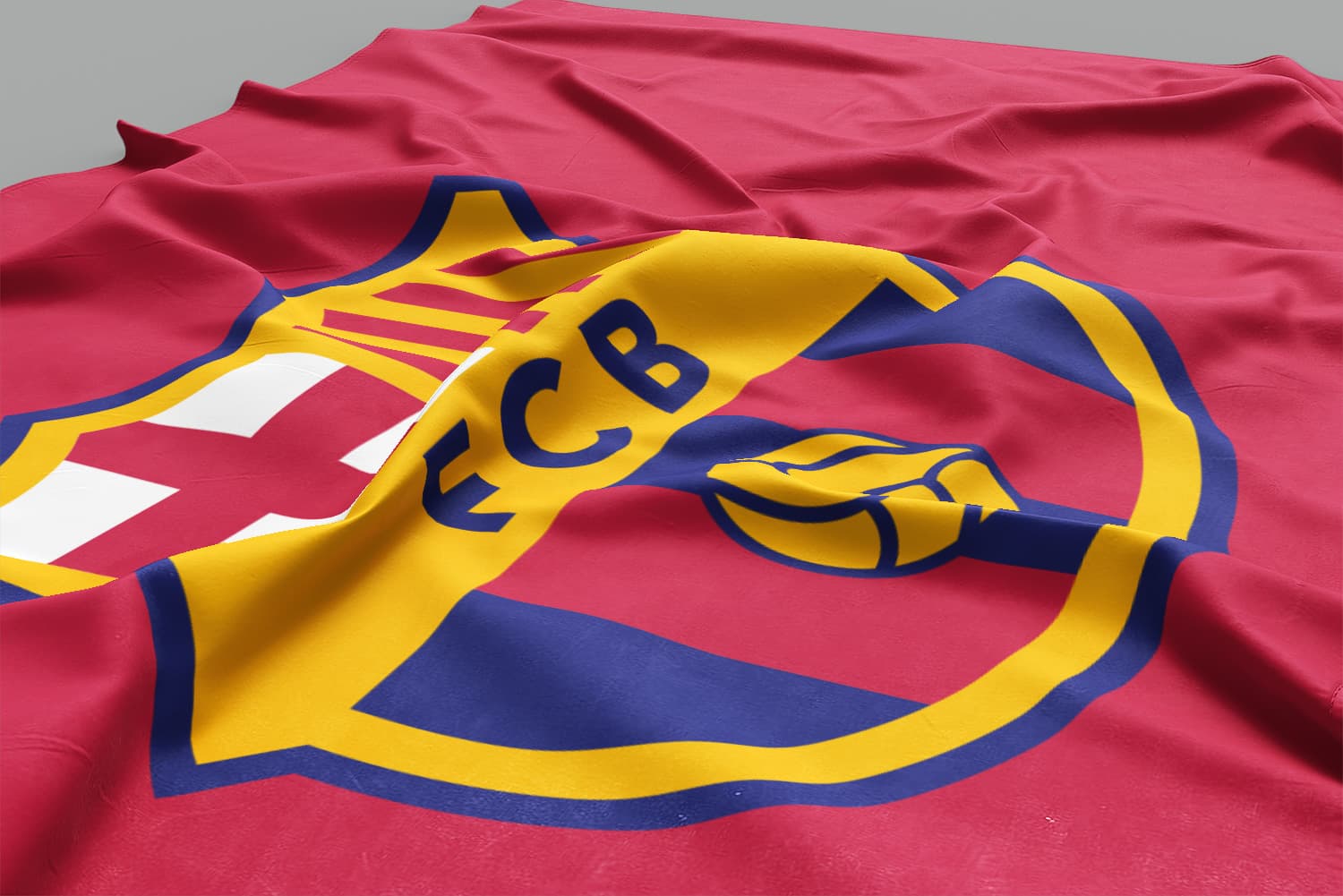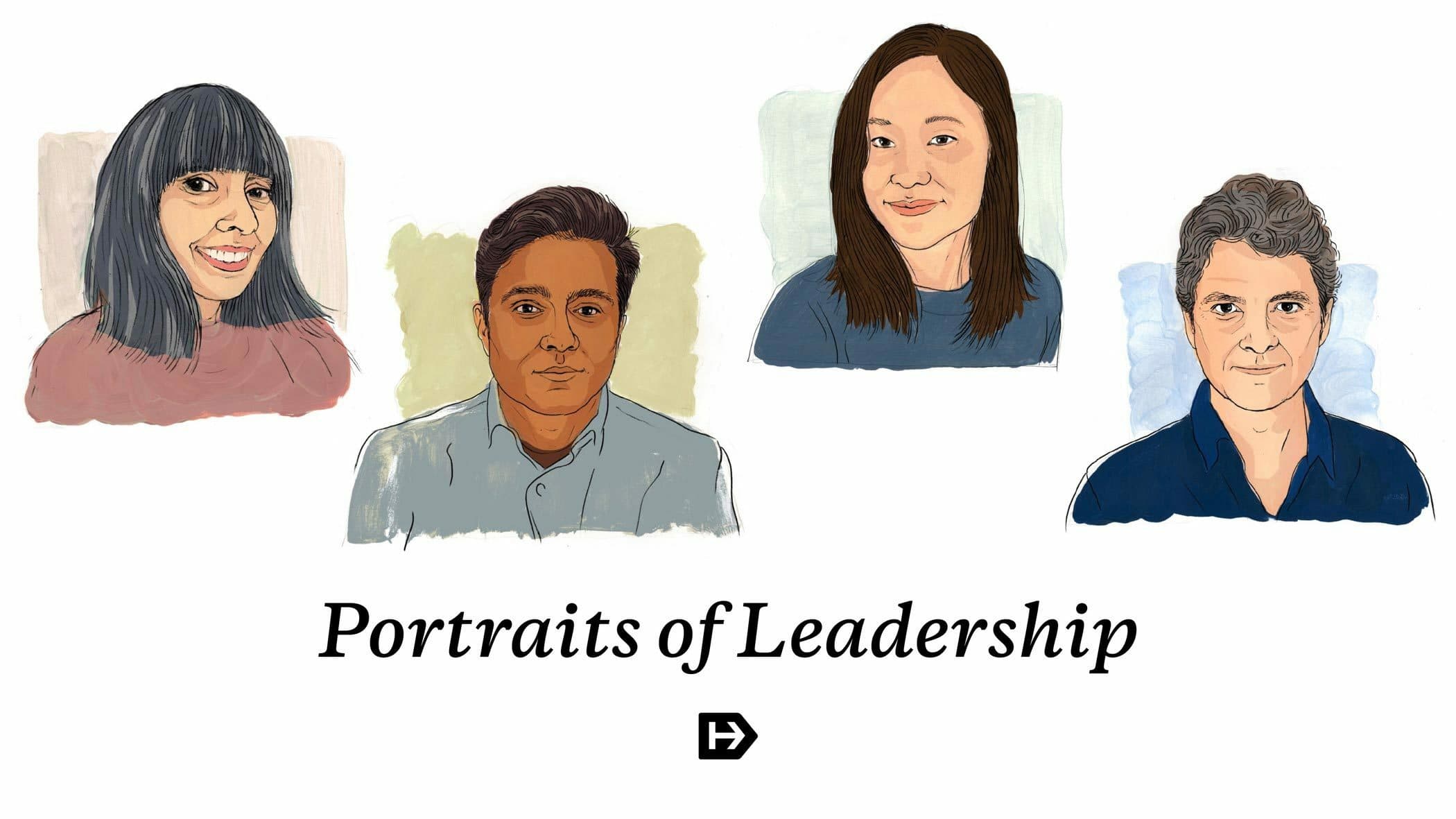
The challenge
Social activists often lack the expertise necessary to effectively communicate their stories, and thereby have trouble gaining the momentum they need to keep doing good. Here at Hyperakt, we’ve seen firsthand the impact it can have when we apply our skills in design and storytelling to working with changemakers. So we wondered: how can we expand the connections between storytellers with the changemakers? After all, the creative community in New York is diverse and vibrant - yet many of these storytellers aren’t working on the issues that matter most.
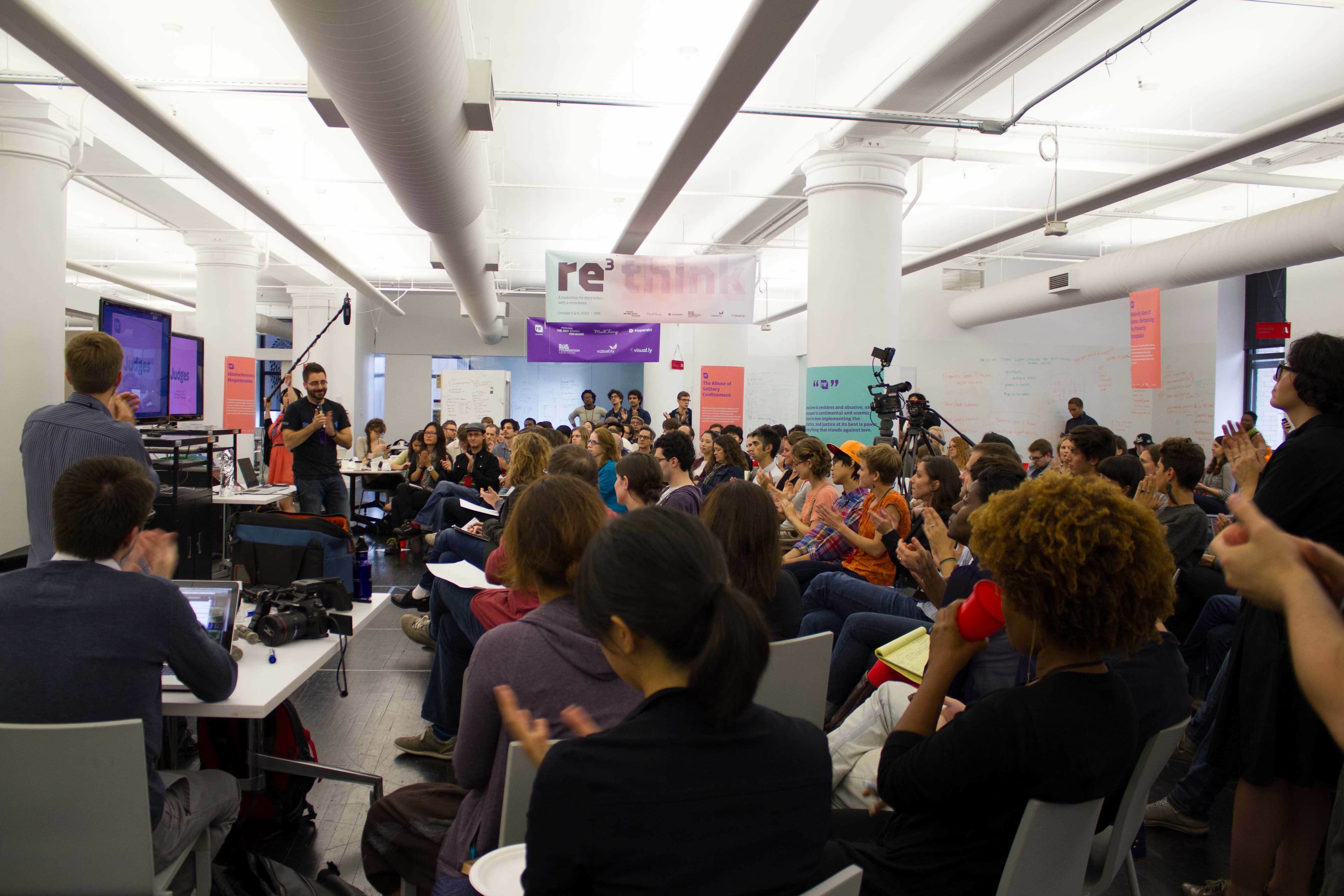
Creating a bridge between creatives and social impact organizations
The Re3 StoryHack was an immersive hackathon that brought together 100 creative storytellers with 8 social activists. Over the course of a single weekend in October of 2013, we innovated communication pieces on justice-based issues. We adapted the hackathon model, which focuses the energy of highly creative people over an intense couple of days, to include designers, developers, journalists, filmmakers, photographers, as well as social activists from key organizations.
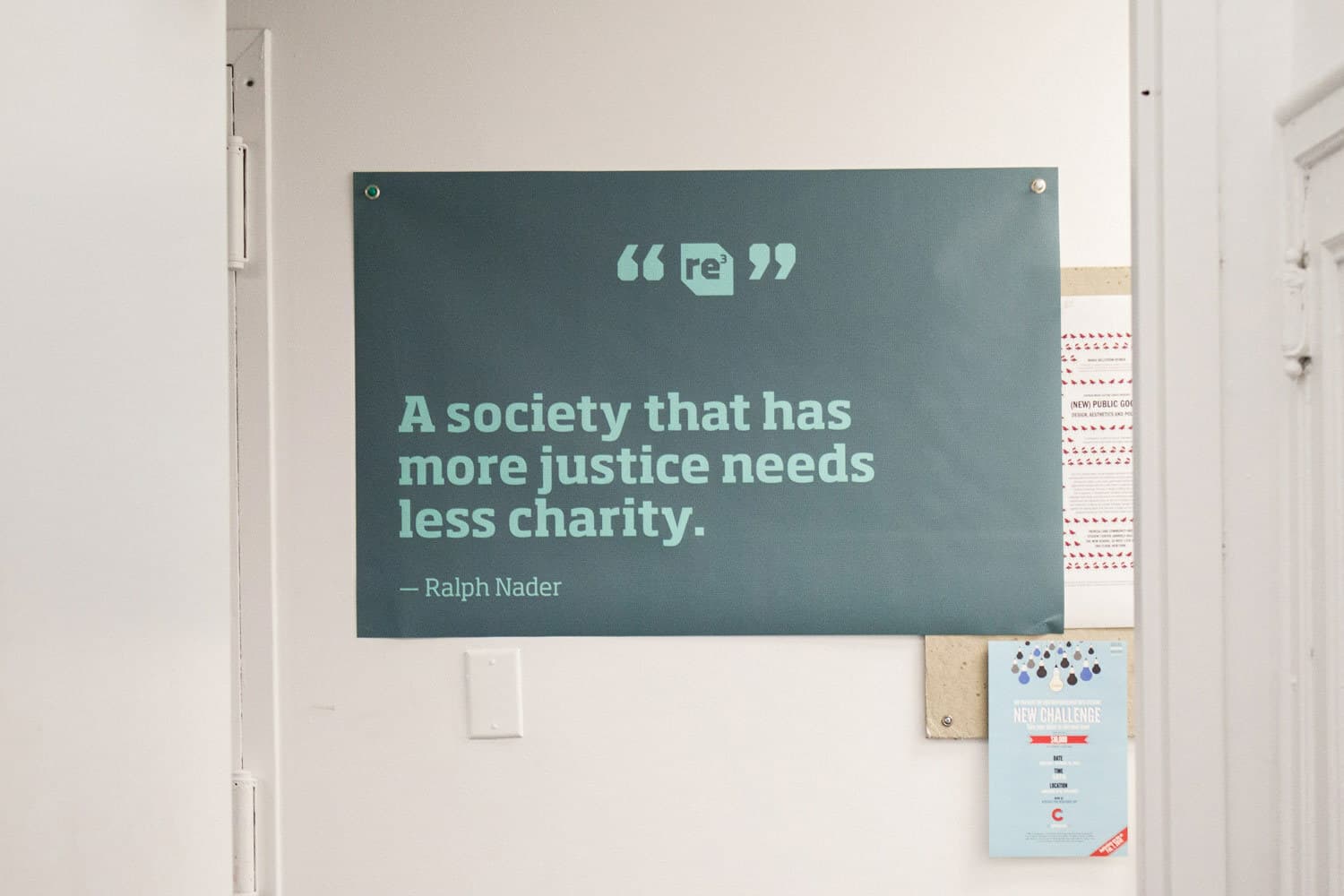
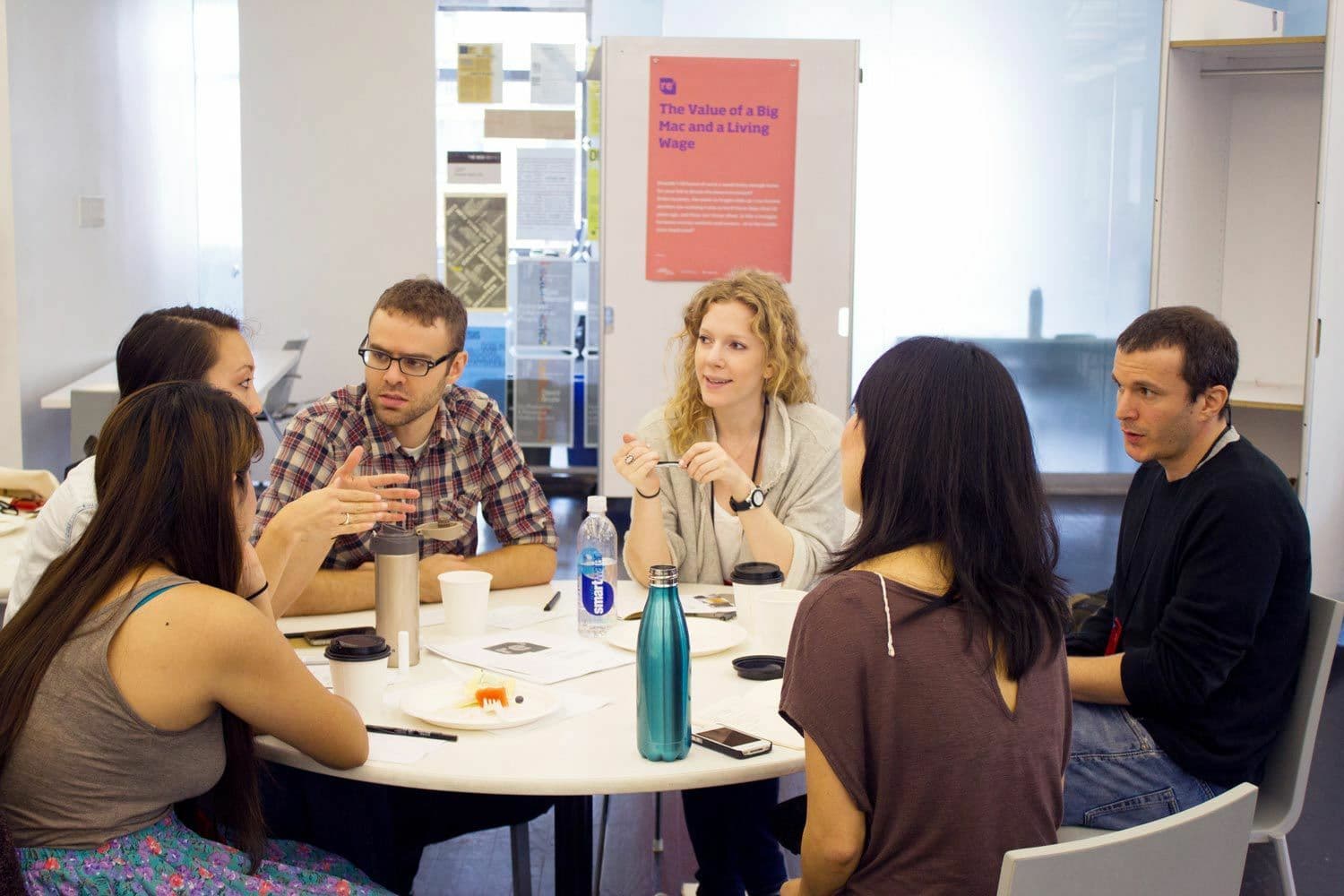
Stories that need to be told
Our goal was to expand the boundaries of persuasive storytelling to complex issues like economic fairness, human rights, and poverty. We wanted to react to the world around us, rethink the way important issues are communicated, and resolve confusion about some of today’s greatest challenges.
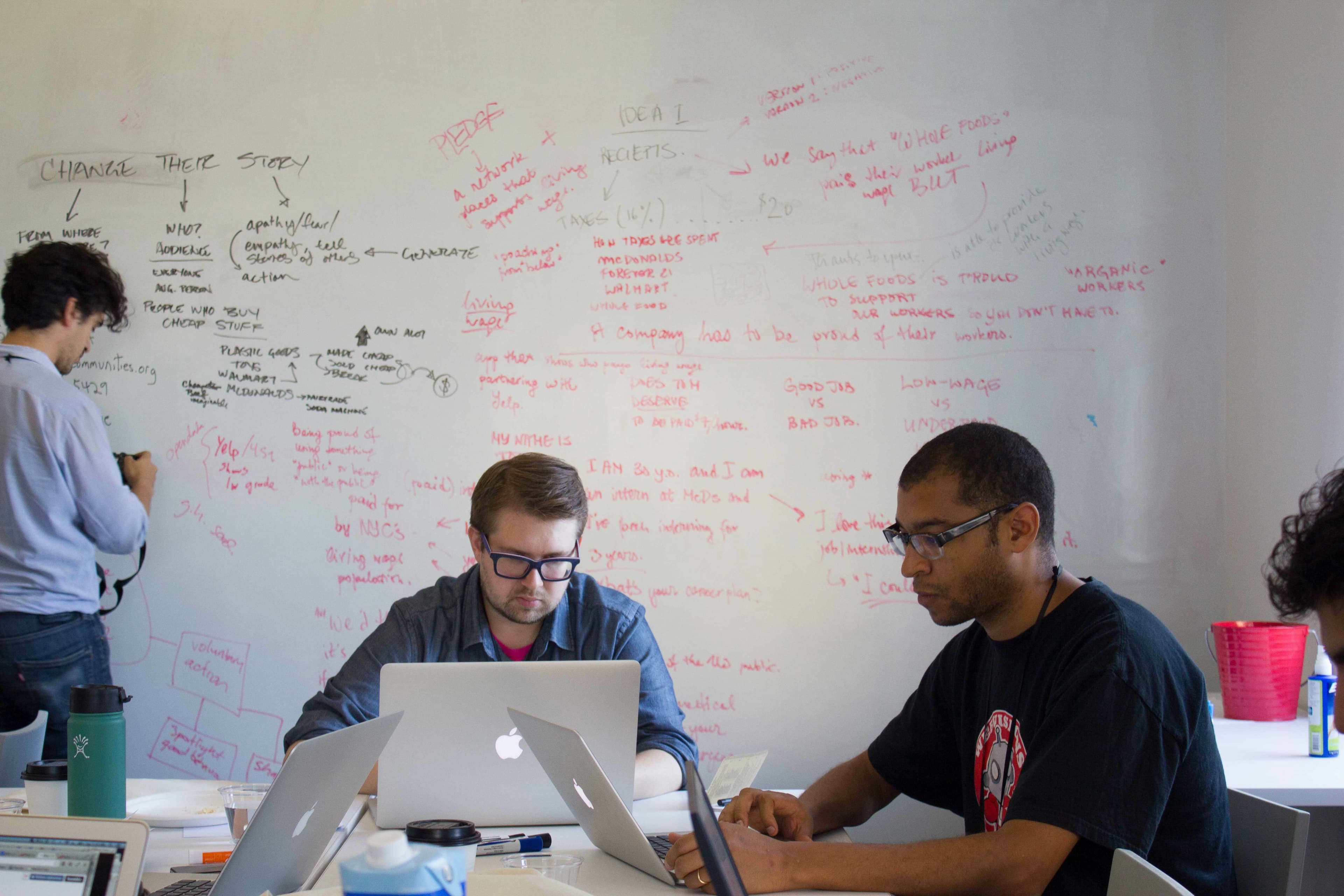
We believe in the power of a good story
We invited activists and nonprofits to submit their work, and selected 8 organizations working on issues like immigration detention, paid sick leave, representative democracy, homelessness, and gun violence. We worked with each organization to create a carefully crafted Story Brief, offering background on the issue, the intended attitude shift, and communication goals, as well as contextual data to ground the story in fact.
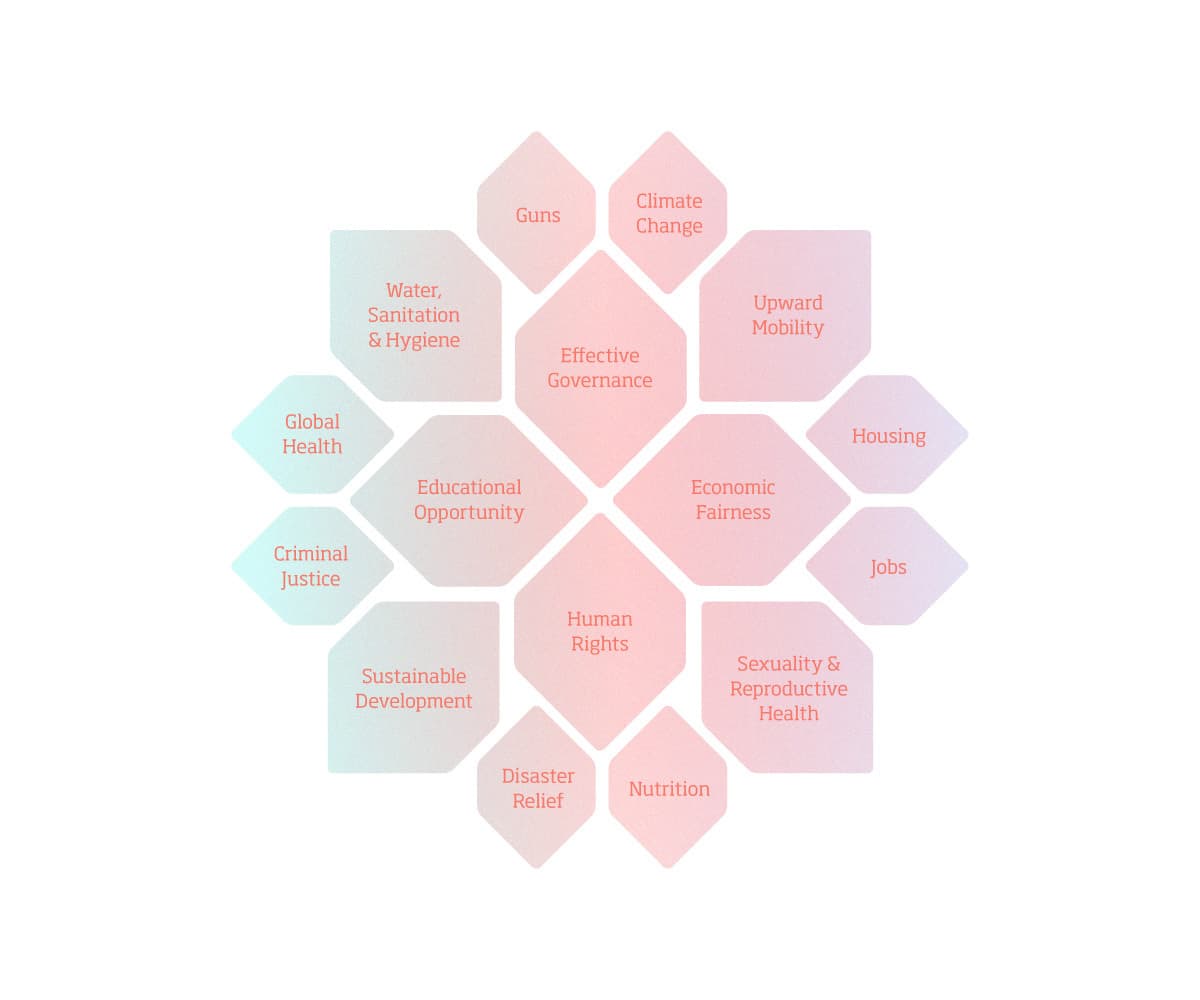
The most important issues deserve the best storytellers
In parallel, we selected 100 creatives (from over 200 applicants) and formed them into small teams, each with a Story Brief. Creative storytellers included Emmy-winning filmmakers, top developers and designers, students from Parsons, SVA, Pratt, NYU and Yale and brilliant people from major organizations like the New York Times, Google, Wall Street Journal, Fast Company, Channel Thirteen, DesigNYC and Bloomberg. Each team had the opportunity to immerse themselves in the issue prior to the event through events like a discussion with a survivor of solitary confinement, meeting with a gun violence activist, and a visit to an immigration detention center.
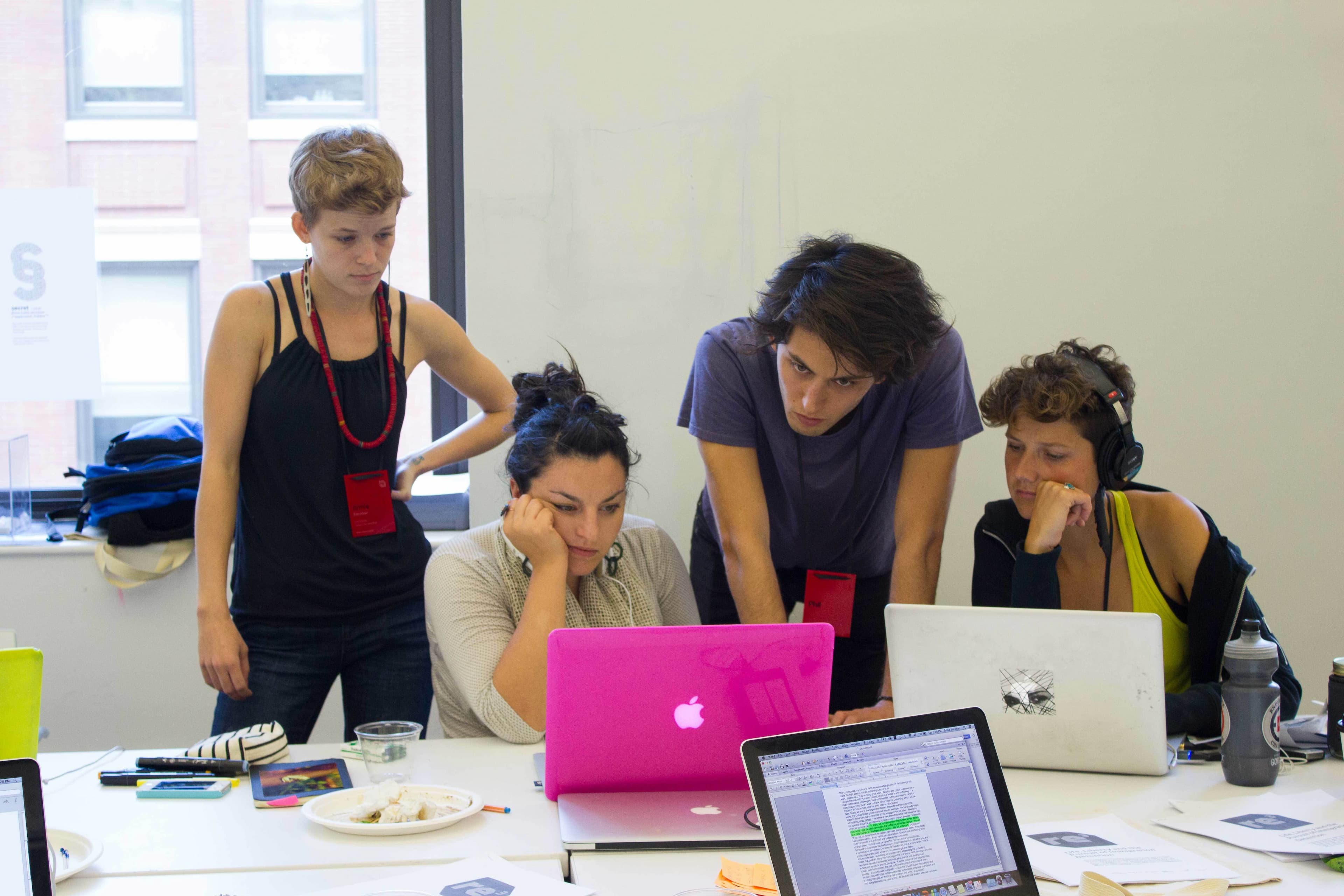
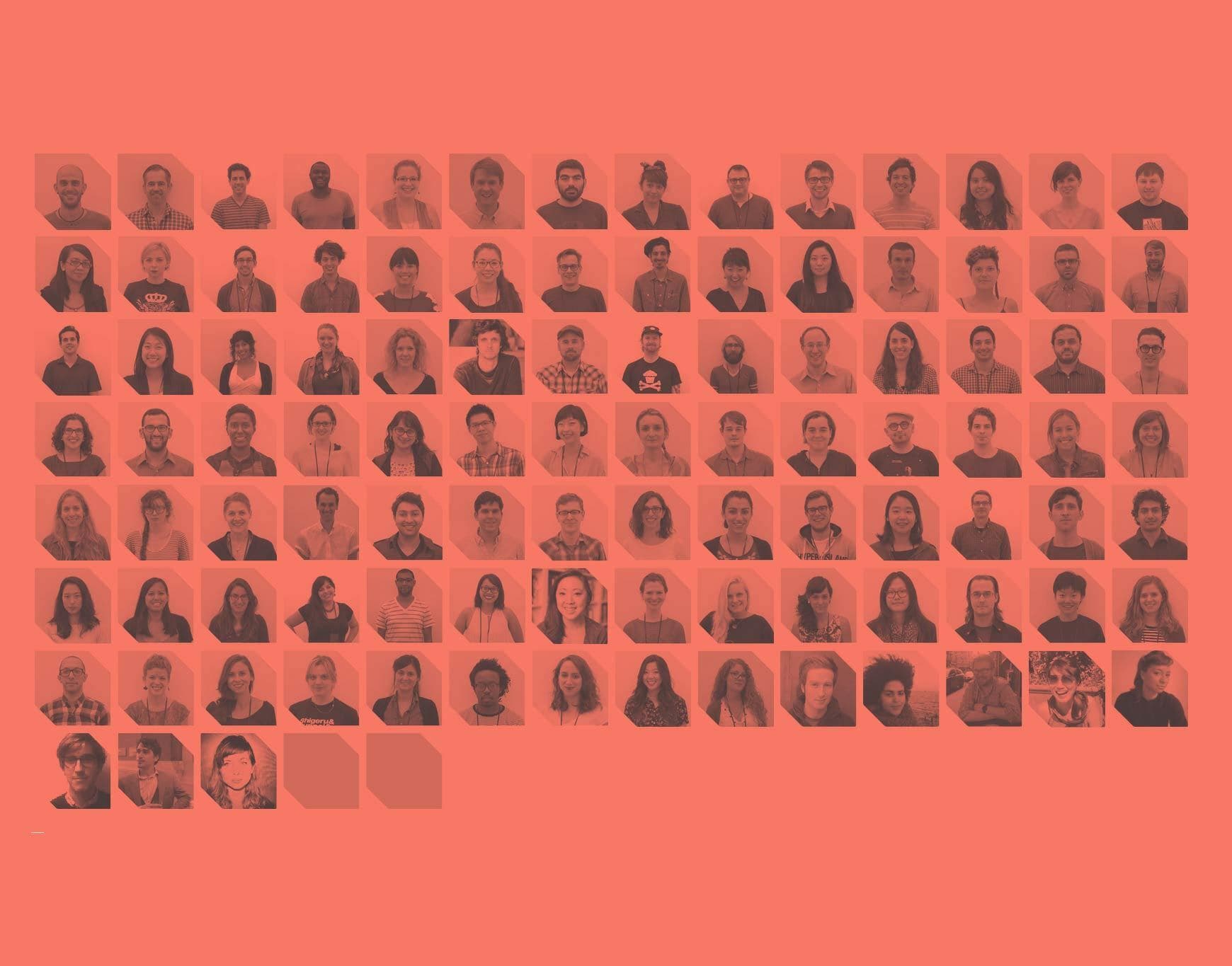
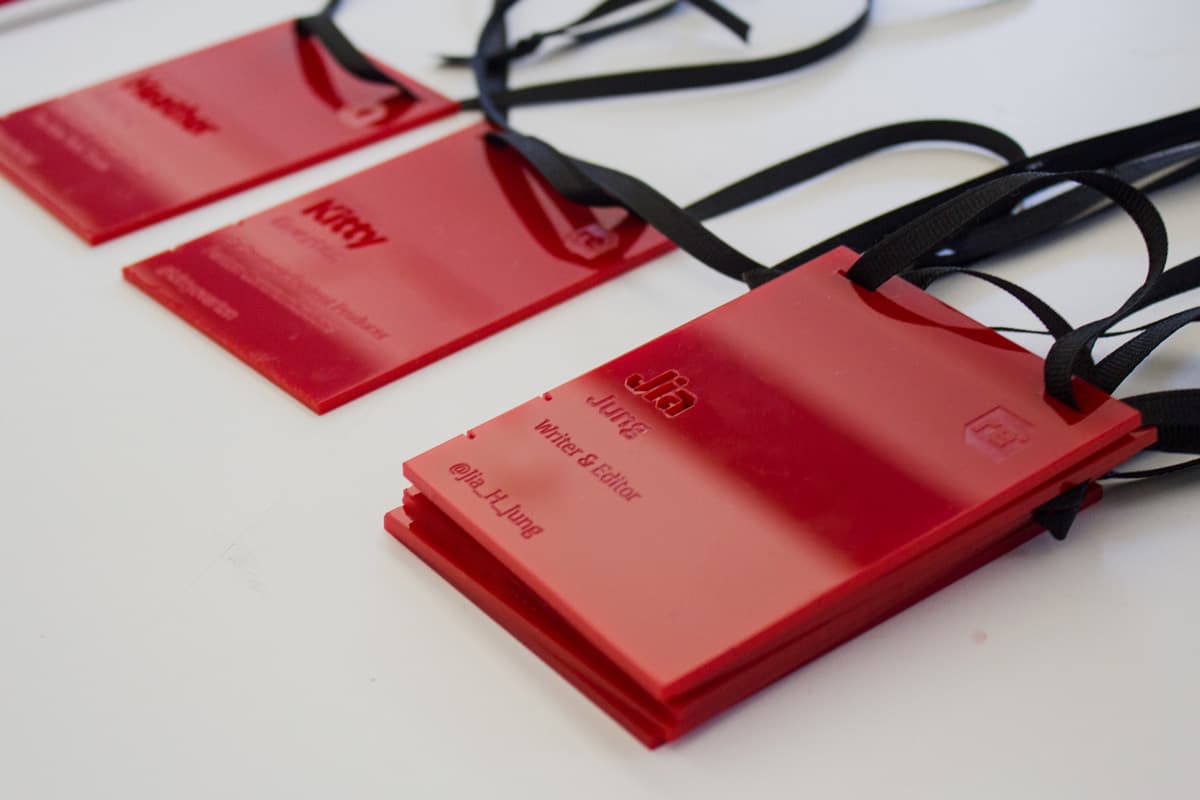
Pushing the boundaries of justice-based persuasive storytelling
Over the Re3 StoryHack weekend, we innovated new ways of thinking and communicating these stories in language; written, visualized, performed, coded and more. Each team arrived for the weekend briefed on their issue, and familiar with the backgrounds and skills of the other members of their group. We facilitated conversation where needed, and provided resources like developers and illustrators on hand to help execute any ideas.
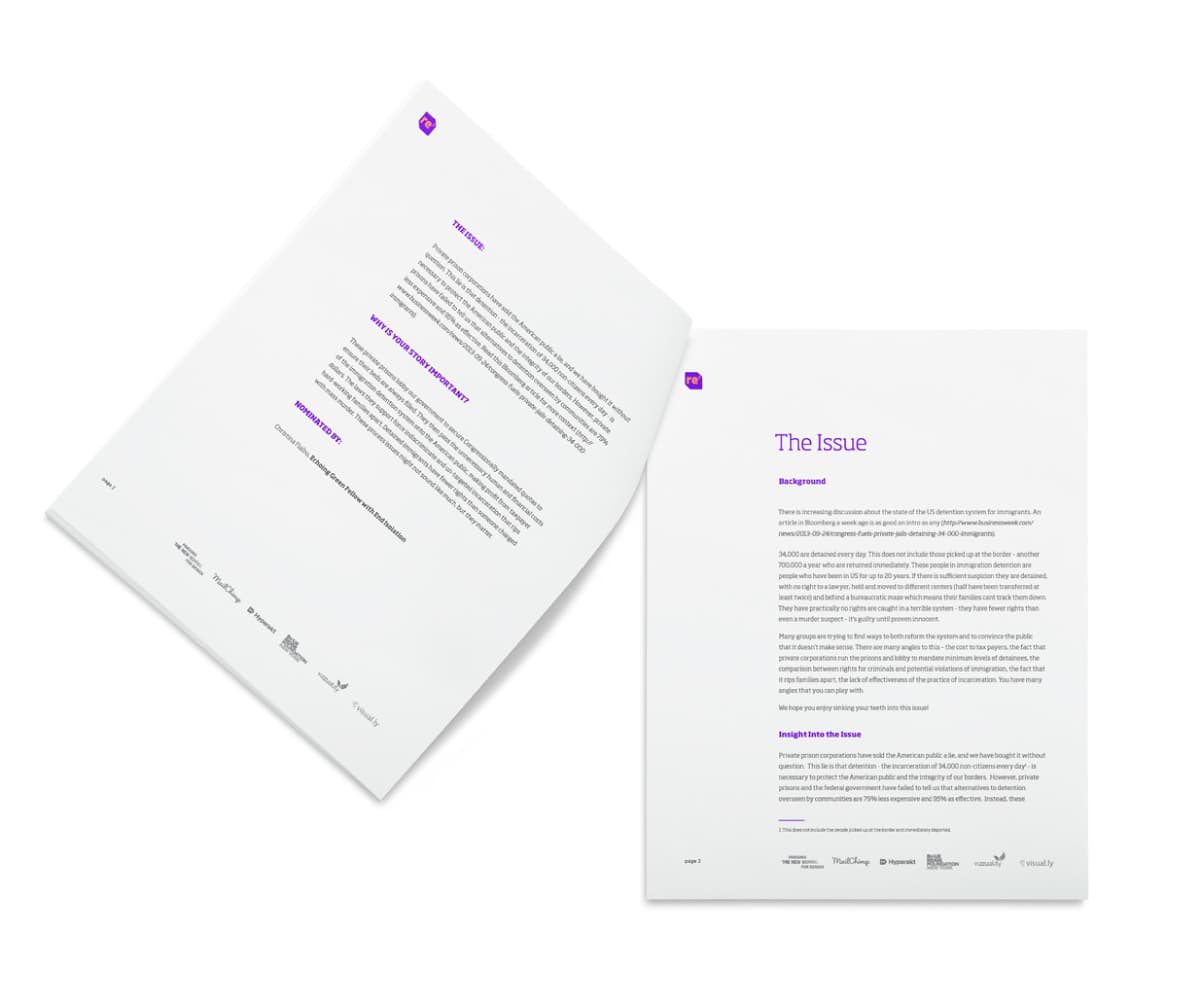
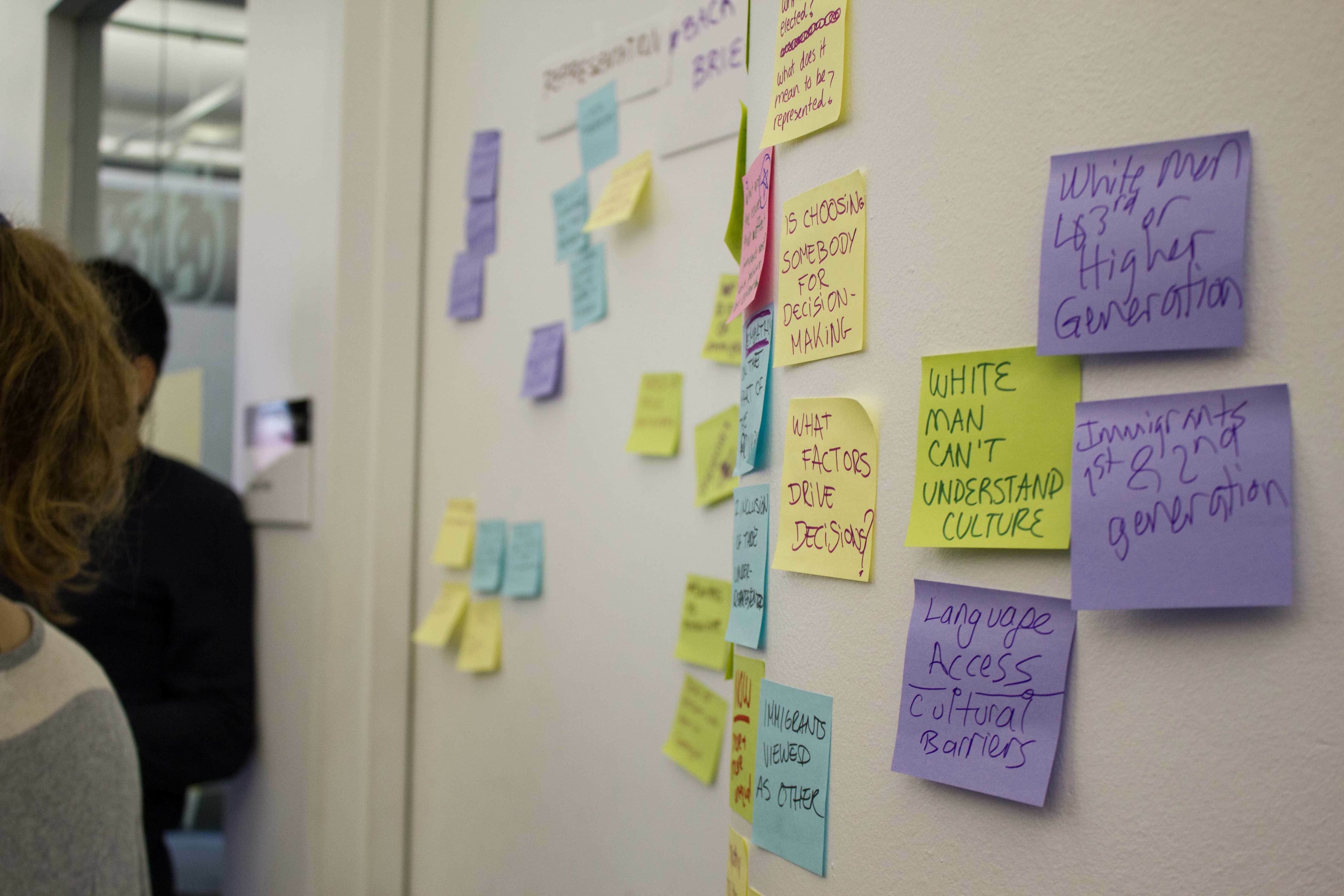
![A person is seated at a desk, working between two laptops. Their focus is on a sketchbook with red drawings, presumably planning or designing. One of the laptops displays a document titled "Life, Liberty & the Pursuit of [cut off] Detain [cut off].](/_next/image?url=https%3A%2F%2Fwww.hyperakt.com%2Fassets%2Fimages%2Fre3-storyhack%2F8-3.jpg&w=3840&q=75)
From intangible to tangible
In just one weekend, Re3StoryHack creators built an array of communication tools, from campaign materials, videos, interactive sites, to a three dimensional model, and an ad campaign. To see all the projects created, visit re3storyhack.org.
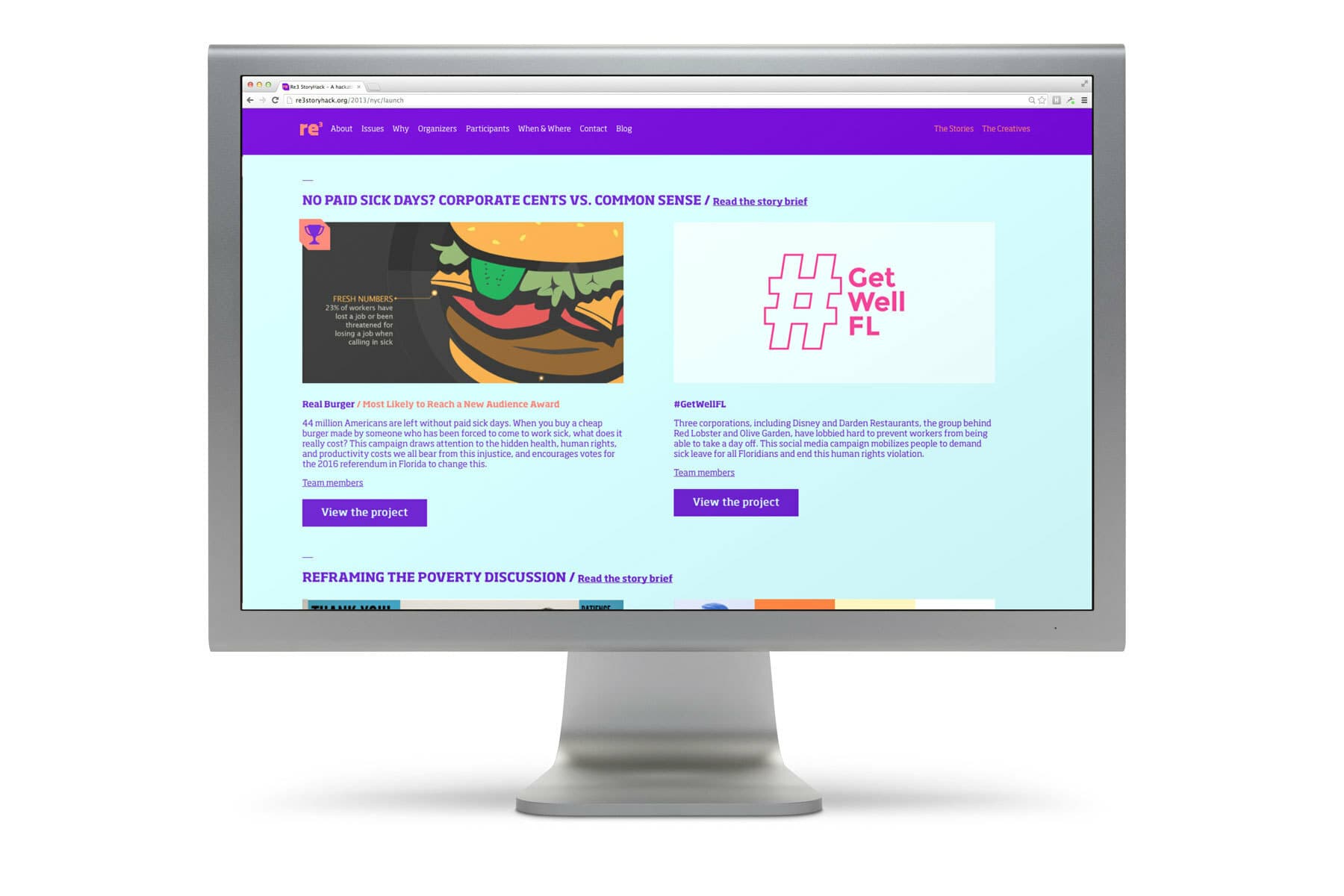
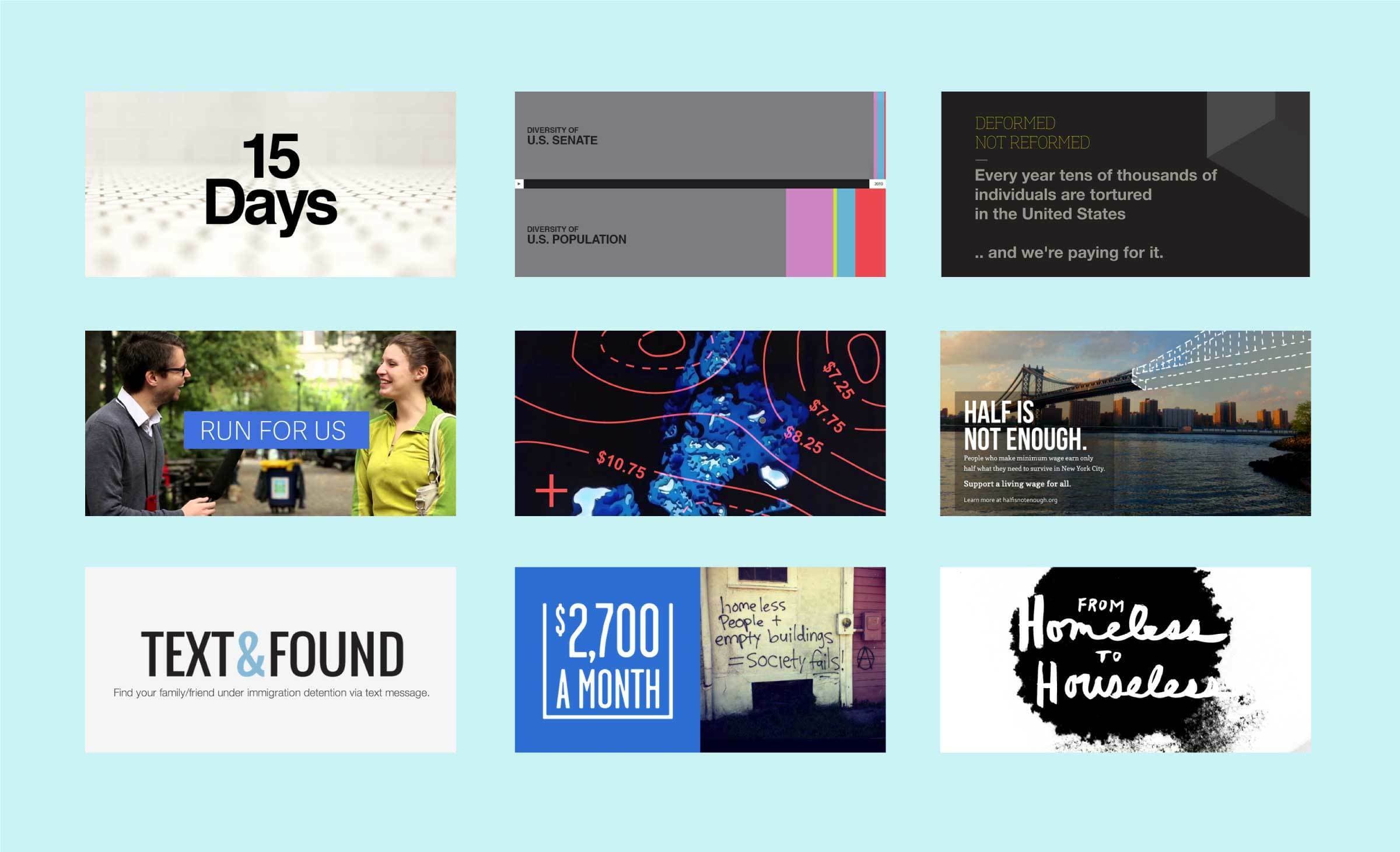
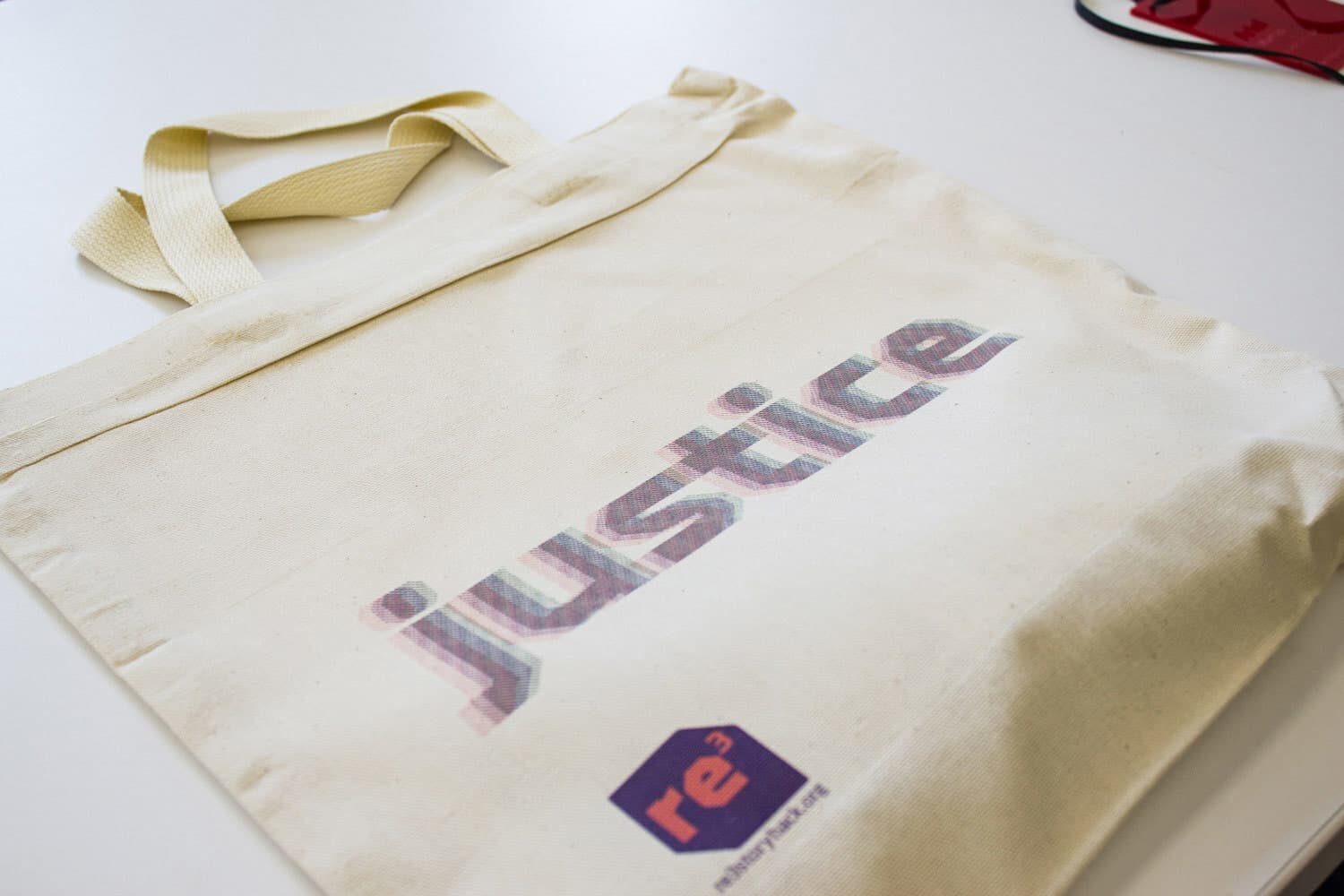
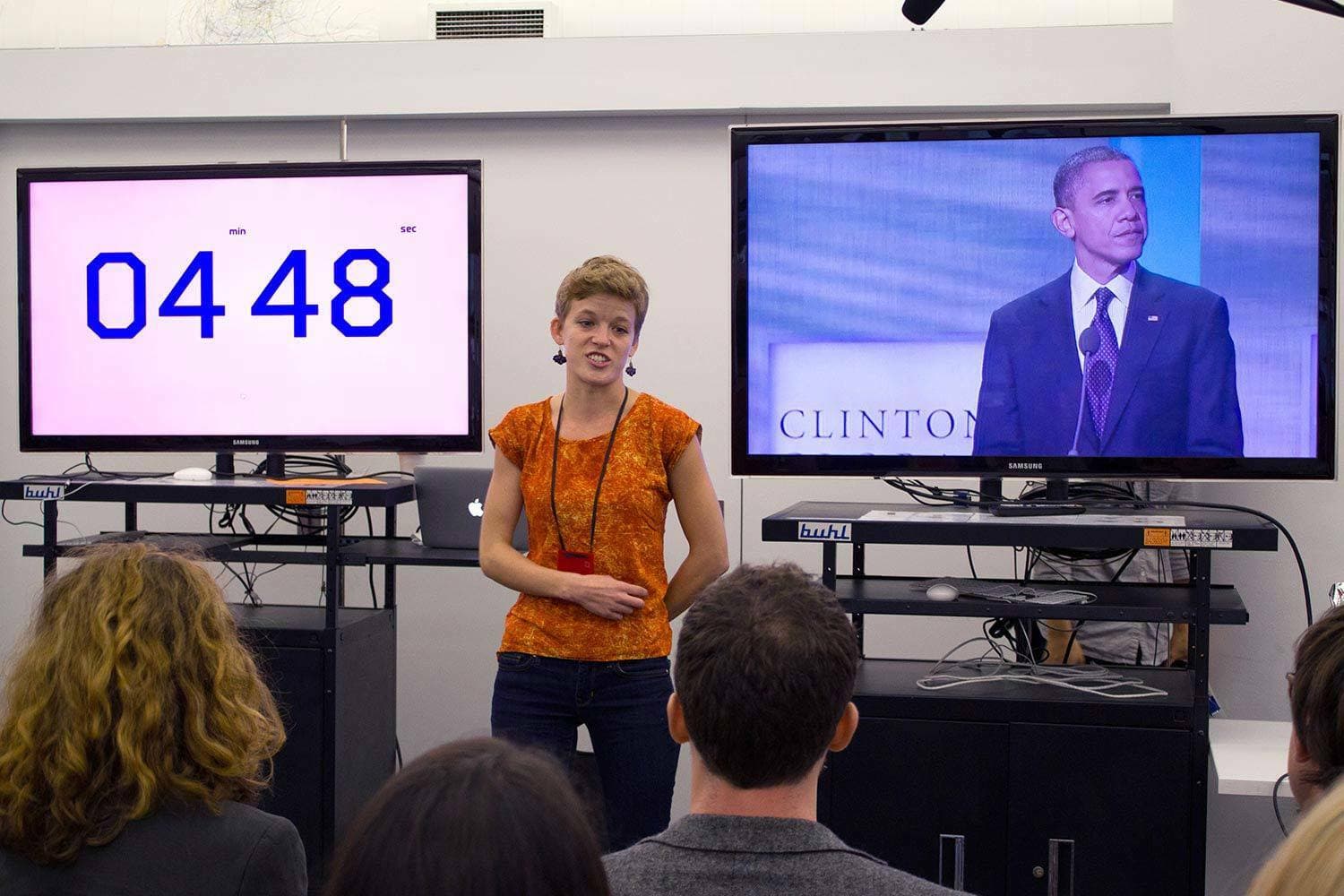
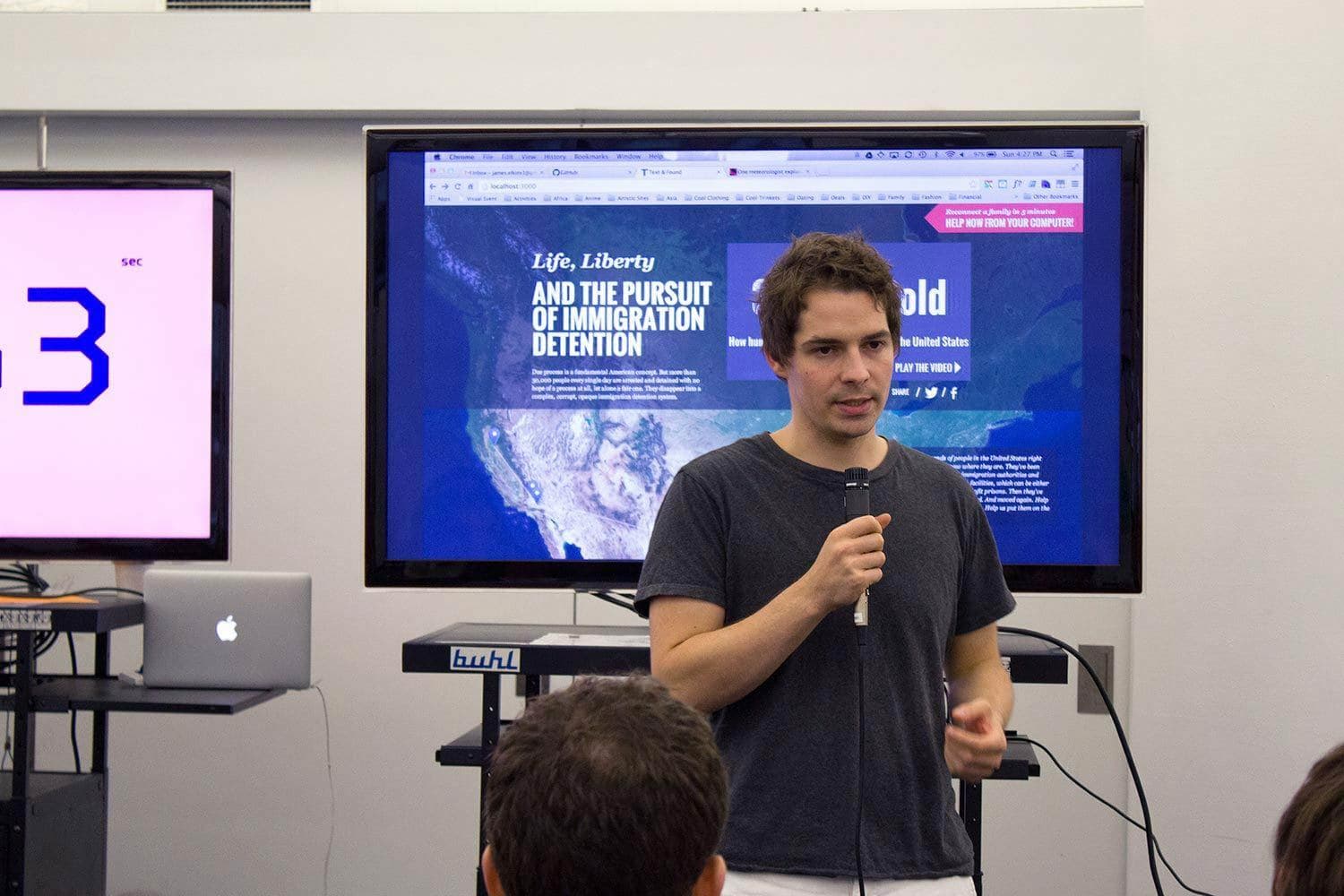
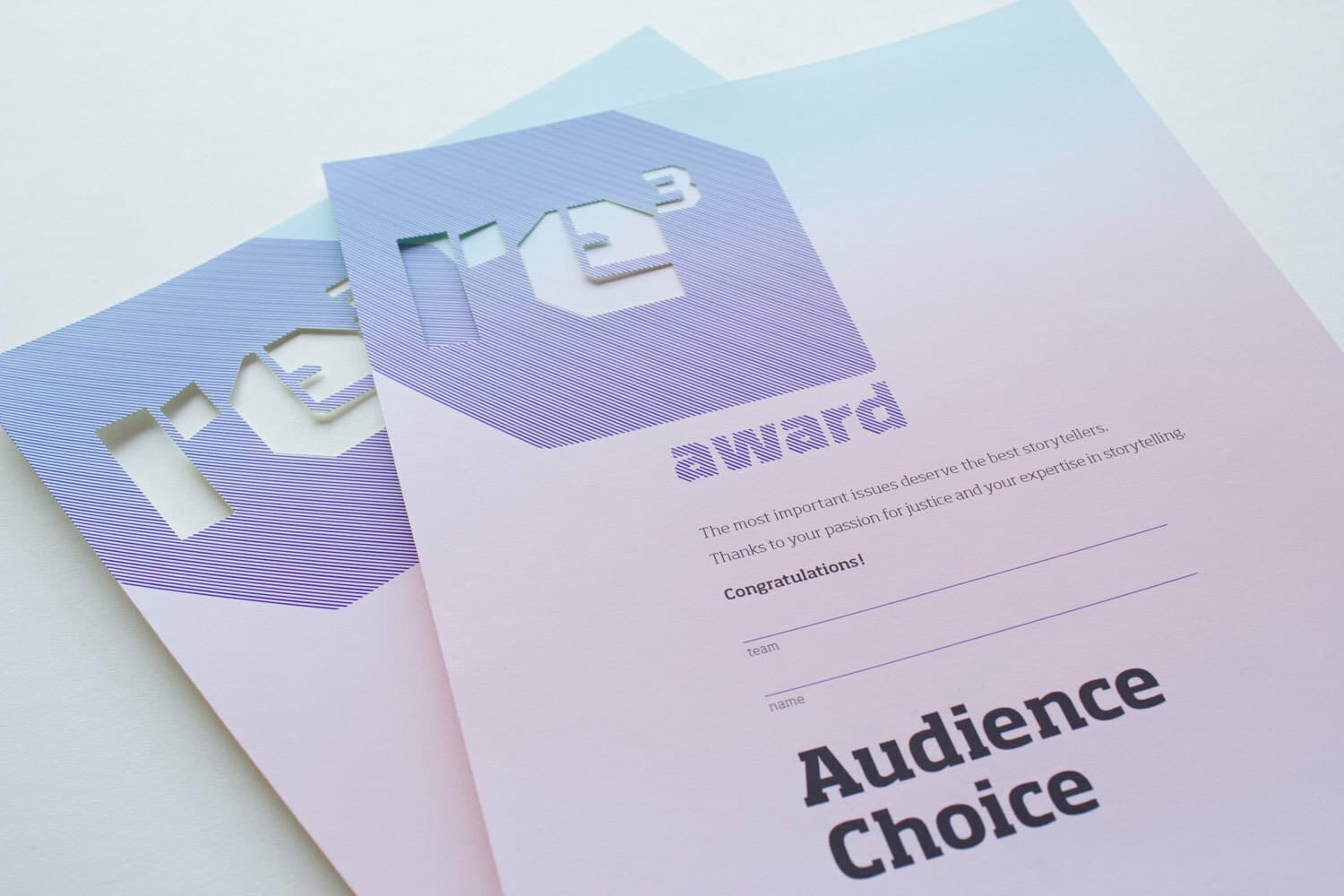
Project Credits
- Deroy Peraza
- Ambika Roos
- Margaux Le Pierrès
